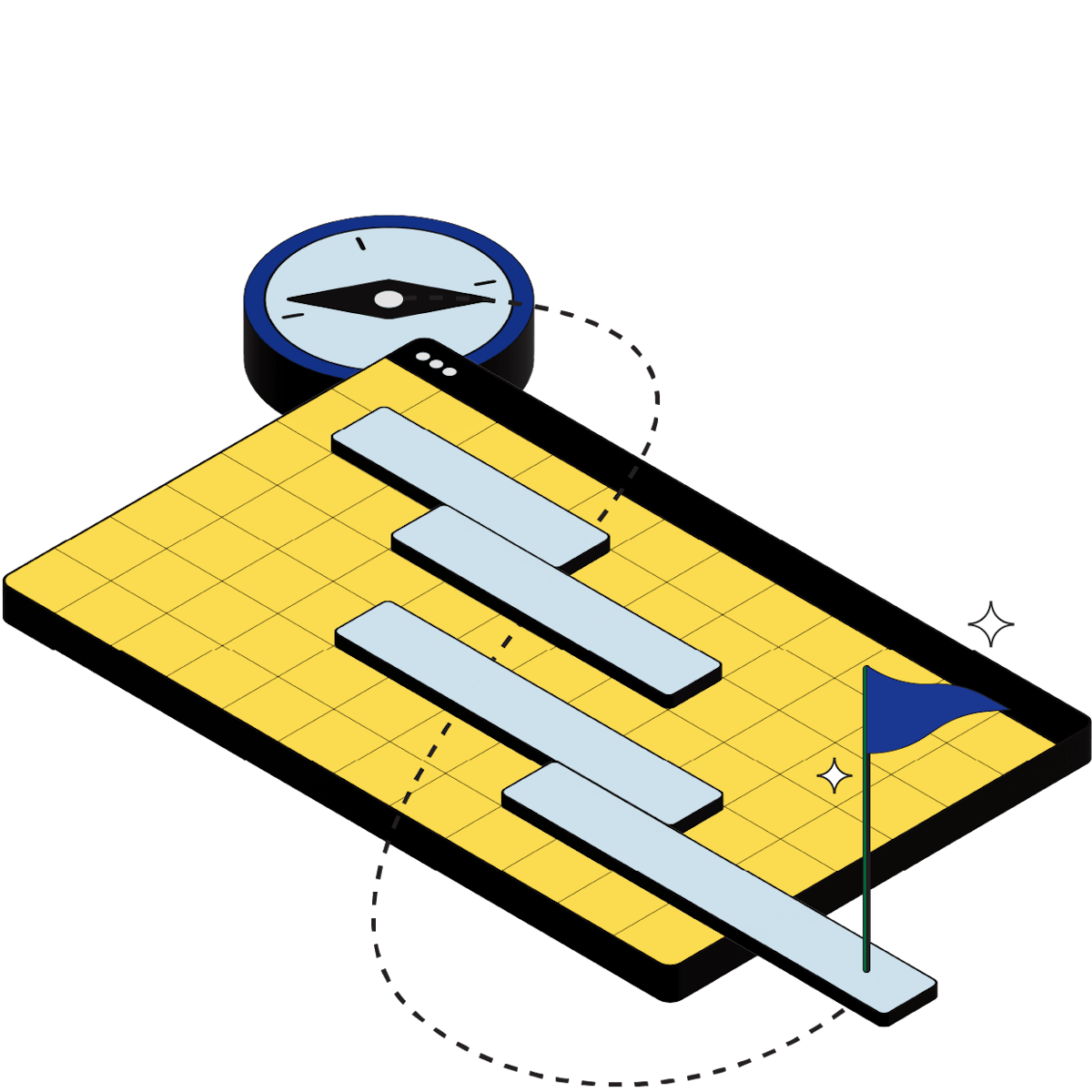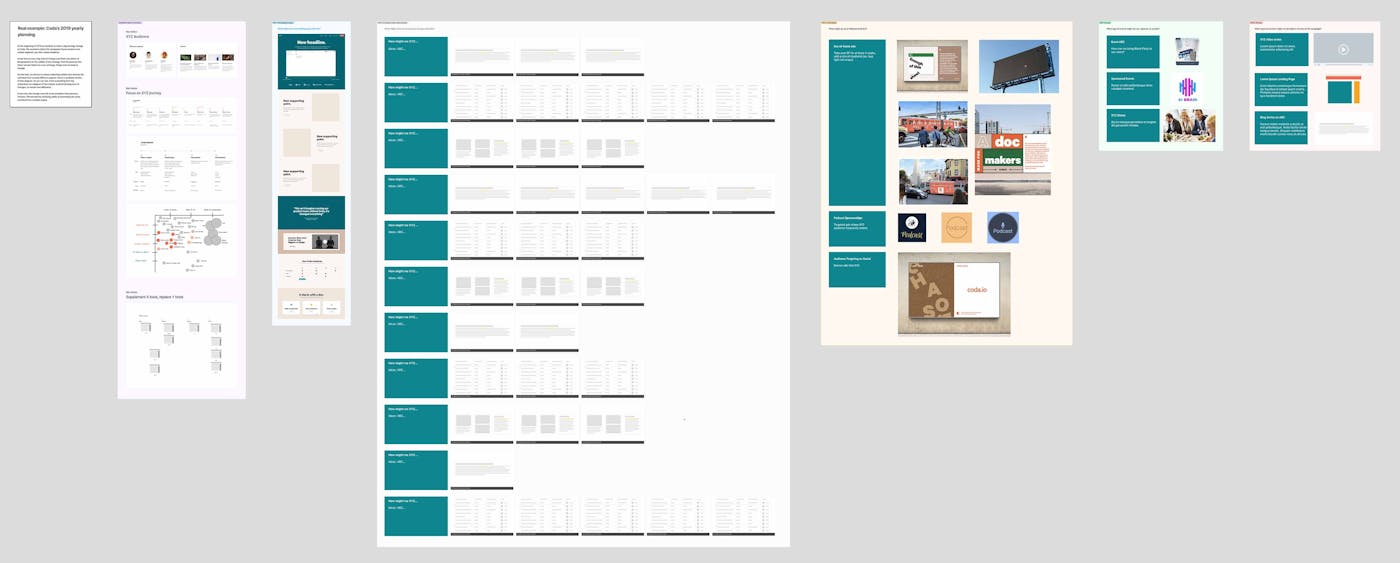Create cathedrals, not bricks.
Principle 1: An approach to team vision and purpose.


Lane Shackleton
Lane creates insightful product experiences and leads effective, empathetic teams, including the Product and Design team here at Coda.
Product Teams · 8 min read

Creating cathedrals
Great product teams create a clear cathedrals. In doing so, the team understands how their work contributes to something that is larger, more substantial, and more ambitious than their individual activity. Some people call this ‘vision’ but I prefer the cathedral analogy for two reasons. First, the word ‘vision’ is very ambiguous. It means ten different things to ten different people. I mean, this post is about creating clarity. Second, cathedrals start from the point of view of the other humans working on the effort. You’re immediately forced to step into the shoes of your teammates and answer, “Do we feel like laying bricks or building a cathedral?” That clarifies things quickly. But how does this feel in practice? A few years ago at Coda, we were in a particularly tough and ambiguous product planning cycle. Shishir and I were trying to re-orient the company toward focusing on a different part of our broader market that cared less about all the powerful capabilities and more about simplicity. It was a big cultural change for the company. With all big changes, it’s important to start with the understanding that everyone brings their own biases and perspectives to the conversation. To use the analogy, everyone needs to see different sides of the cathedral. Some people need to know the metric, some need to see a picture of what you mean, and some people need a conceptual framework. Too often, product leaders think they can just craft a vision statement or one-pager of a product vision, and everyone will be happy and productive. I’ve made this mistake; it doesn’t work. When you start from the assumption that everyone needs to understand a different facet of the broader plan, it forces you to create a clearer set of artifacts for your team. You create a shared vision of the cathedral instead of handing people bricks.
Putting it into practice
Here are three ideas for how you might create and clarify cathedrals for your team.(a) Create a vision artifact showing multiple angles.
In the story above, I talked about when Shishir and I needed to make a big change at Coda. To do that, we worked with a small group of Codans to create an artifact that created clarity from multiple angles of the cathedral at once. We knew that some people needed to see example mocks of the product, some needed to see how new messaging might look on a billboard, and some would resonate most by reading a sample blog post. Each was a slightly different lens on the same future, but together formed a three-dimensional cathedral the team could rally behind. We had the people that created each part talk through the different pieces, and spent a while answering questions live to ensure we were calibrated to the different lenses for the team. Here’s a sanitized version of what that visual looked like, and we also worked with the Miro and Figma teams to create templates for how you might do this in their tools.(b) Work backwards from the desired customer experience.
One of my favorite ways to align a team is to work backwards from the customer experience. Amazon is famous for this strategy and it works. Here’s how it’s described in the book Working Backwards.Working Backwards is a systematic way to vet ideas and create new products. Its key tenet is to start by defining the customer experience, then iteratively work backwards from that point until the team achieves clarity of thought around what to build.
Bill Carr and Colin Bryar
Authors of Working Backwards
(c) Run a team exercise to see if you’re picturing the same future.
If you’re not sure whether your team is picturing the same cathedral, I’d start by running a short exercise to calibrate. Start by asking two simple questions: “What change do you think our team is trying to drive in the world?” and “What’s your role in creating that change?” Have everyone fill out the answer to those two questions without reading each others. Then reveal the answers and let people read each others. Here’s a template for the exercise. If you create a safe space, I guarantee you’ll have a rich discussion. What you’ll find is that you’re hearing direct answers to what your cathedral is, or what others perceive it to be. And you’ll also quickly determine if people feel like brick layers or cathedral builders. But once you’ve sketched a vision for your cathedral, how do you make it happen? You start by creating systems, not goals. More on that in an upcoming post.

Weekly insights from Lane, delivered to your inbox.
Join the Product Snippets newsletter, an informal rituals email for curious product people.
SubscribeRelated posts
Explore more stories for product teams













